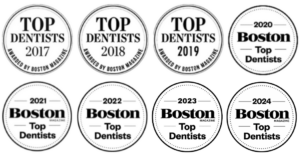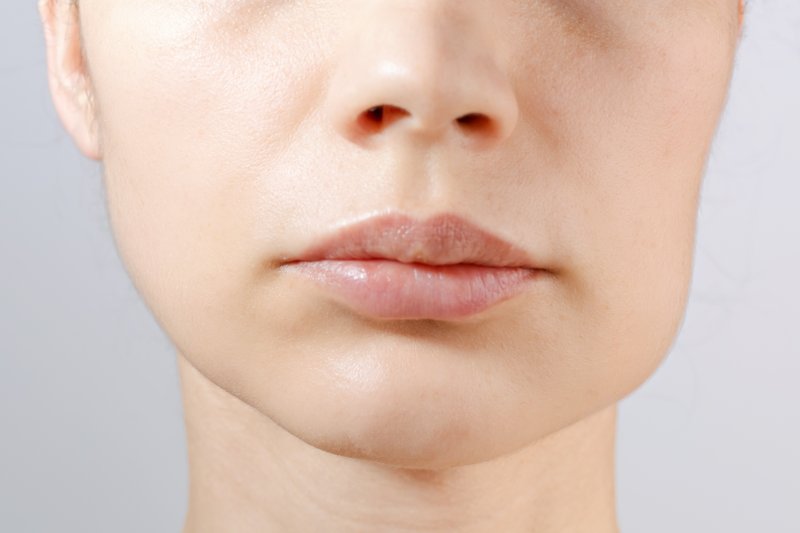Laser gum treatments effectively treat gingival (gum) and more advanced periodontal diseases. These diseases are infections of the supporting tissues and bone that hold the tooth in place. They can be caused by many things: poor oral health, bad luck with genetics, chronic illnesses such as diabetes, smoking, and certain medicines.
Traditional procedures for periodontal disease are called scaling and root planing. These clean the surfaces of teeth and their roots that could be exposed due to gum recession. However, these directly hit the gum surface, adding to the problem instead of resolving it.
Dental laser treatment is a much more tissue-preserving and regenerative process. At Lexington Smile Studio, our dental team uses the laser to access any infected gum pockets to eliminate the infected tissue and bacteria. Once the infected tissue is excised and the root is exposed, the calculus can be removed with an ultrasonic root cleaner.
Treatment Phases
When treating periodontal disease, your dentist will take you through three different phases of treatment. These include:
- The etiological phase.
- The surgical phase.
- The maintenance phase.
How Laser Gum Treatments Work
Lasers are powerful, pinpointed beams of light that can perform multiple tasks during gum surgery, such as cutting and removing the diseased tissue, coagulating blood vessels, killing germs and bacteria, and sterilizing the pocket.
Lasers create an energy change in atoms. The laser light shifts bits from their current resting state to a stage known as the excited state. This causes the particles to produce energy through a process named spontaneous emission.
When the atoms are again at rest, they emit particles of light known as photons, providing the necessary energy to perform certain functions, such as cutting tissue without a blade.
Laser light can cause reactions in tissue, including removal, vaporization, or shaping soft tissues like gums, cheeks, and tongue, or hard tissues like decay. Thus, laser dentistry is an excellent option for many people because it can decrease the pain of a procedure and reduce the need for anesthesia—no needles or injections. While no treatment is always painless, the laser may reduce the need for postoperative pain medication and may reduce swelling and bleeding.
Why Laser Gum Treatments Are Preferred
While the American Dental Association (ADA) has not yet approved the use of lasers for treating gum disease, a small body of evidence indicates that laser gum treatments are safe and effective for many dental conditions, including gum disease.
For instance, the American Academy of Periodontology (AAP) reviewed current evidence and summarized that appropriate laser therapy might provide a modest advantage over traditional procedures. However, the AAP still cautioned that evidence is limited and more research is recommended on the use of lasers.
The FDA has also approved using laser gum treatments since 1994 despite the qualms of the ADA, specifically for:
- Endodontic treatments
- Periodontal treatments
- Oral surgery
- Tooth whitening procedures
This is probably because laser gum treatments:
- Are less invasive.
- Keep more of your healthy teeth.
- Reduce bleeding.
- Reduce risks of infection.
- Speed up healing time
Despite the above advantages, it is best to consult with a periodontist trained to work with lasers if you get laser gum treatments.
Book Your Appointment Now
Schedule a session at Lexington Smile Studio today for safe laser gum treatments! We use exceptional care standards through our full range of dental services: cosmetic, prosthodontics, implants, periodontics, and laser!






